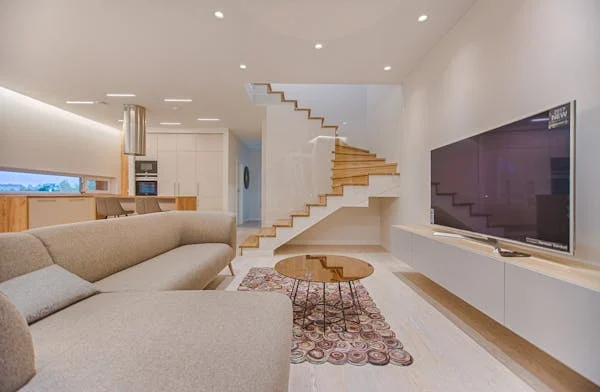Introduction
Home window tinting is an increasingly popular solution for homeowners looking to enhance privacy, reduce energy costs, and protect their interiors from harmful UV rays. Whether you want to improve energy efficiency, increase security, or simply add a sleek, modern look to your home, window tinting offers a range of benefits. In this article, we’ll explore the advantages of home window tinting, the different types available, and what to expect during installation.
1. Benefits of Home Window Tinting
Window tinting is not just for cars—it can significantly improve your home’s comfort and efficiency. One of the biggest advantages is heat reduction, as tinted windows block a substantial amount of solar heat, keeping your home cooler in the summer and reducing reliance on air conditioning. Additionally, window films block up to 99% of harmful UV rays, protecting your furniture, flooring, and artwork from fading. They also enhance privacy and security by making it harder for outsiders to see inside while still allowing natural light to enter. Finally, some tinting films provide shatter resistance, adding an extra layer of protection against broken glass during storms or accidents.
2. Different Types of Window Tinting Films
Not all window films are the same, and choosing the right one depends on your needs. Solar control films are designed to reduce heat and glare while maintaining visibility. Decorative films come in various patterns and frosted designs, offering privacy without sacrificing style. Security films are thicker and help hold glass together if it shatters, making them ideal for areas prone to extreme weather. Low-emissivity (Low-E) films improve insulation by reflecting heat back into the room during winter, helping to lower heating costs. Understanding these options will help you select the best film for your home.
3. Professional Installation vs. DIY Tinting
While some homeowners opt for DIY window tinting kits, professional installation often yields better, longer-lasting results. Professionals have the tools and expertise to ensure a bubble-free, smooth application, whereas DIY attempts can lead to peeling, uneven edges, and reduced effectiveness. Additionally, professionals can recommend the best film type based on your home’s needs and local climate. However, if you choose the DIY route, make sure to carefully measure your windows, clean the glass thoroughly, and follow the manufacturer’s instructions closely to avoid common mistakes.
4. Maintenance and Longevity of Window Tints
High-quality window tints can last 10 to 15 years or more with proper care. To maintain their effectiveness, avoid using abrasive cleaners or ammonia-based products, as these can damage the film. Instead, use a soft cloth and mild soapy water for cleaning. Over time, you may notice minor scratches or fading, especially in high-exposure areas, but regular maintenance will prolong the film’s lifespan. If your tint starts peeling or bubbling, it may be time to consider a replacement to ensure continued performance.
5. Cost Considerations and Return on Investment
The cost of home window tinting varies depending on the film type, window size, and whether you hire a professional. On average, homeowners can expect to spend between 5to15 per square foot, with high-end security or decorative films costing more. While the upfront cost may seem significant, the long-term savings on energy bills, reduced furniture fading, and increased home security make it a worthwhile investment. Additionally, tinted windows can enhance your home’s curb appeal, potentially increasing its resale value.
Conclusion
Home window tinting is a smart, cost-effective way to improve energy efficiency, protect your interiors, and enhance privacy. With various film options available, you can customize the solution to fit your specific needs. Whether you hire a professional or tackle the project yourself, proper installation and maintenance will ensure long-lasting benefits. If you’re considering window tinting, evaluate your priorities—whether it’s heat reduction, UV protection, or aesthetics—and choose the best film to transform your living space.


